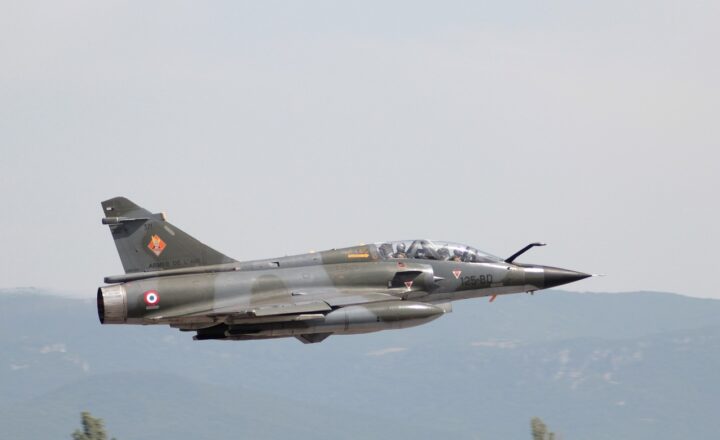The Role of Political Cartoons in Shaping Public Opinion and Historical Events
November 16, 2024

Political cartoons, often characterized by their sharp wit, humor, and insightful commentary, have played a crucial role in influencing public opinion and shaping historical events throughout history. These visual narratives distill complex political ideas and societal issues into easily digestible images, resonating with audiences in a manner that text alone often cannot achieve. This article explores the significant impact of political cartoons on public perception, their role in historical contexts, and how they continue to evolve in the digital age.
1. A Brief History of Political Cartoons
Political cartoons date back to the 18th century, with notable examples emerging during the American Revolution. Artists like Benjamin Franklin utilized satirical illustrations to critique British authority and galvanize public sentiment against colonial rule. As the art form evolved, newspapers became the primary medium for distribution, allowing cartoonists like Thomas Nast to comment on pressing issues, such as the fight against corruption in the Gilded Age.
Noteworthy periods like the French Revolution and the Civil War in the United States highlight the power of political cartoons to influence societal views and mobilize the masses. By using satire, exaggeration, and symbolism, cartoonists could communicate messages that resonated with the public’s collective consciousness.
2. Mechanisms of Influence
Political cartoons wield their influence through several key mechanisms:
- Simplicity and Clarity: The visual nature of cartoons allows for quick comprehension of complex issues. A well-drawn cartoon can communicate an entire narrative in an instant, making it accessible to broad audiences, including those who may not engage with lengthy articles or reports.
- Emotional Resonance: Cartoons often evoke strong emotions, from laughter to outrage. This emotional engagement can motivate individuals to take action or rethink their perspectives on social and political issues.
- Satire and Critique: Political cartoons often employ humor, irony, and exaggeration to critique public figures, policies, or societal norms. This satirical approach can challenge the status quo, offering fresh perspectives that encourage dialogue and often prompting accountability from those in power.
These elements contribute to the effectiveness of political cartoons in shaping public discourse and influencing political action over time.
3. Case Studies: Impactful Political Cartoons
Several political cartoons throughout history exemplify this influence:
- Thomas Nast and Tammany Hall: In the late 19th century, cartoonist Thomas Nast created a series of cartoons that depicted the corruption within Tammany Hall, the New York Democratic political machine. His biting illustrations played a pivotal role in publicizing the graft and corruption of politicians like Boss Tweed, ultimately leading to Tweed’s downfall and the reform of New York politics.
- Herblock’s “Drawing the Line in Mississippi”: In the 1960s, political cartoonist Herbert Block, known as Herblock, addressed civil rights issues through his art. His work highlighted racial injustices and the fierce opposition faced by civil rights activists, helping to galvanize support for the movement while putting pressure on lawmakers to enact change.
- The Muhammad Cartoon Controversy: In the early 2000s, the publication of cartoons depicting the Prophet Muhammad sparked widespread protests and debates about freedom of expression. This incident brought attention to the role of political cartoons in addressing sensitive topics and their potential to incite unrest or dialogue across cultures.
These cases exemplify how political cartoons can not only reflect societal sentiments but also actively shape historical events and public policy.
4. Political Cartoons in the Digital Age
With the rise of the internet and social media, the landscape for political cartoons has transformed dramatically. Now more than ever, cartoons can go viral, reaching global audiences instantly. This increased visibility allows for far-reaching implications, as the sharability of these images can significantly amplify their impact.
Challenges such as misinformation and censorship also arise in this new digital landscape. Artists must navigate these complexities while maintaining their voices. Platforms like Twitter and Instagram have become vital for cartoonists, enabling them to engage directly with their audience and react swiftly to current events.
The evolution of technology has also introduced innovative tools for cartoon creation, allowing for multimedia integration. Animated cartoons and interactive infographics are becoming popular, further enhancing the accessibility and engagement of political commentary.
5. The Future of Political Cartoons
As we move forward, the role of political cartoons remains vital in shaping public opinion. Their ability to distill complex political realities into clear, relatable imagery offers an effective way to engage audiences.
In a world increasingly defined by polarization and misinformation, the challenge for cartoonists will be to navigate the fine line between humor and sensitivity while addressing critical social issues. Their work will continue to be essential in prompting discussions on governance, ethics, and collective values in society.
Conclusion
Political cartoons represent a unique intersection of art and journalism, wielding considerable power in shaping public discourse and influencing political landscapes. From historical movements to contemporary issues, these illustrations compel audiences to think, laugh, and act. As we navigate an ever-changing political environment, the significance of political cartoons in reflecting and shaping societal views will undoubtedly persist. With their ability to critique and illuminate important issues, political cartoons remain a vital component of our democratic dialogue, fostering civic engagement and accountability in a complex world.






